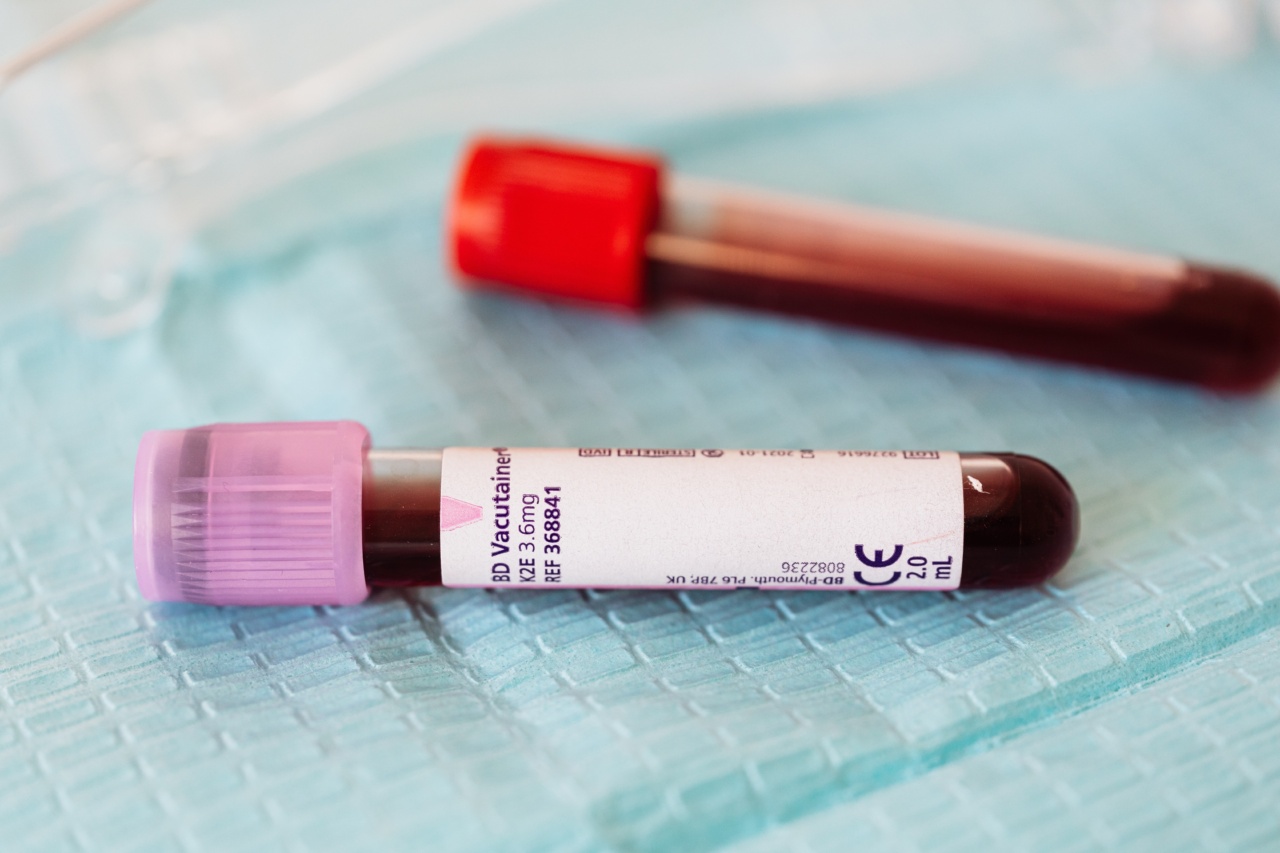In the realm of organ transplantation, kidney transplants have long been considered the gold standard.
For individuals suffering from end-stage renal disease, a successful kidney transplant can offer a new lease on life, providing improved quality of life and longevity compared to dialysis. However, the long-term success of kidney transplants is reliant on the proper functioning of the transplanted organ and the avoidance of rejection episodes.
What is Kidney Transplant Rejection?
Kidney transplant rejection occurs when the recipient’s immune system identifies the transplanted kidney as a foreign object and launches an immune response to destroy it.
Even with immunosuppressive medication, which is commonly used after transplantation to prevent rejection, a certain percentage of patients experience some degree of rejection, either acute or chronic.
Acute rejection typically occurs within the first few months after transplantation and can be diagnosed through clinical symptoms like decreased urine output, swelling, fever, and tenderness over the transplanted kidney.
Chronic rejection, on the other hand, develops over months or years and is characterized by slow and subtle loss of kidney function.
The Need for Early Rejection Detection
Early detection of kidney transplant rejection is crucial for timely intervention and long-term graft survival. Currently, the gold standard for diagnosing rejection involves an invasive procedure called a kidney biopsy.
This procedure involves extracting a small piece of kidney tissue and analyzing it under a microscope for signs of rejection.
While kidney biopsies are considered safe, they are not without risks, including bleeding, infection, and damage to the transplanted kidney.
Moreover, kidney biopsies provide a snapshot of the kidney’s status at a specific moment and may fail to detect rejection if the sampled tissue happens to be unaffected.
Researchers have been working tirelessly to develop less invasive, more accurate methods to detect kidney transplant rejection at an earlier stage.
The latest breakthrough in this area comes in the form of a blood test with the potential to forecast rejection before any clinical symptoms become apparent.
The Groundbreaking Blood Test
A team of scientists from various institutions, including Stanford University, recently published a study in the journal Nature, outlining their success in developing a blood test that can predict kidney transplant rejection.
The test analyzes the genetic material, called RNA, derived from immune cells circulating in the bloodstream.
The researchers collected blood samples from over 400 kidney transplant recipients and monitored the snapshots of RNA expression patterns in the immune cells over time.
By comparing the RNA profiles in blood samples from patients who experienced rejection episodes and those who did not, they were able to identify specific gene signatures associated with rejection.
The identified gene signatures provided valuable insights into the immune response underlying transplant rejection.
Moreover, the researchers discovered that these gene signatures could be detected in blood samples up to six months before the onset of clinical symptoms.
Advantages of the Blood Test
The blood test offers numerous advantages over traditional diagnostic methods:.
- Non-invasive: The blood test is a simple, non-invasive procedure that can be easily repeated, offering a safer alternative to kidney biopsies.
- Early detection: By detecting rejection up to six months in advance, the blood test allows for timely intervention, potentially preventing irreversible damage.
- Real-time monitoring: The test can be performed at regular intervals, enabling healthcare providers to closely monitor the status of transplanted kidneys and adjust immunosuppressive medications accordingly.
- Personalized medicine: The insights gained from the blood test can potentially guide personalized treatment plans, tailoring immunosuppressive medications to each patient’s unique genetic profile.
Implications for Transplant Recipients
The development of this blood test holds significant promise for kidney transplant recipients.
With early rejection detection, physicians can intervene promptly, adjusting medication dosages or introducing additional therapies to prevent rejection before it severely affects kidney function.
By avoiding rejection episodes, patients can enjoy improved long-term transplant survival rates and longer graft function, potentially reducing the need for repeat transplants.
Additionally, this blood test may spare patients unnecessary kidney biopsies, reducing the associated risks and discomfort.
The Path Forward
While the blood test represents an exciting breakthrough, further validation and refinement are still required before it can be integrated into routine clinical practice.
Large-scale clinical trials involving diverse populations are needed to establish the test’s accuracy, reliability, and potential limitations.
The researchers are also exploring the possibility of adapting this blood test for other solid organ transplants, such as heart and liver transplants.
If successful, it could revolutionize transplant medicine, enabling early detection and intervention across multiple organ types.
Conclusion
The development of a blood test capable of predicting kidney transplant rejection before symptoms appear is a groundbreaking advancement in the field of organ transplantation.
By offering a non-invasive, early detection method, this test holds the potential to improve long-term graft survival rates and enhance the quality of life for kidney transplant recipients.
As the blood test undergoes further research and validation, it brings hope for a future where rejection episodes can be prevented or minimized, ultimately reducing the burden of organ rejection on both patients and healthcare providers.




























